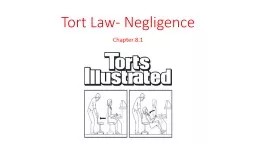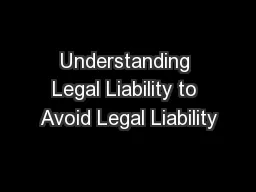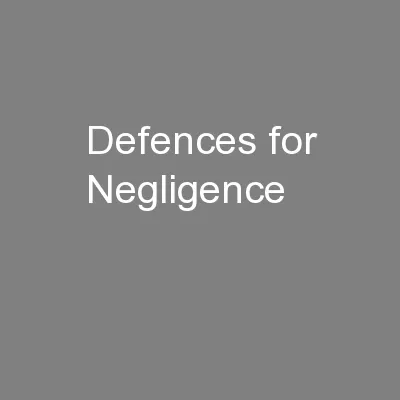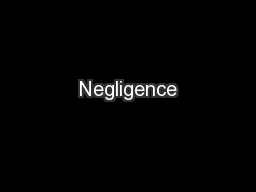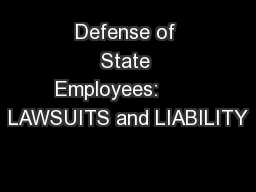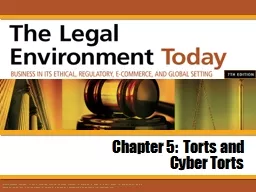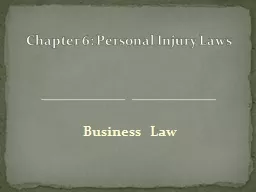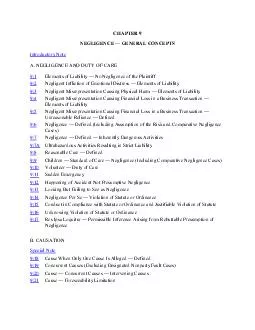PPT-Tort Law- Negligence
Author : lindy-dunigan | Published Date : 2017-05-21
Chapter 81 Tort Law The law of torts deals with a range of conduct that causes injury to a person by breaching a legally recognised right and gives that person
Presentation Embed Code
Download Presentation
Download Presentation The PPT/PDF document "Tort Law- Negligence" is the property of its rightful owner. Permission is granted to download and print the materials on this website for personal, non-commercial use only, and to display it on your personal computer provided you do not modify the materials and that you retain all copyright notices contained in the materials. By downloading content from our website, you accept the terms of this agreement.
Tort Law- Negligence: Transcript
Download Rules Of Document
"Tort Law- Negligence"The content belongs to its owner. You may download and print it for personal use, without modification, and keep all copyright notices. By downloading, you agree to these terms.
Related Documents

